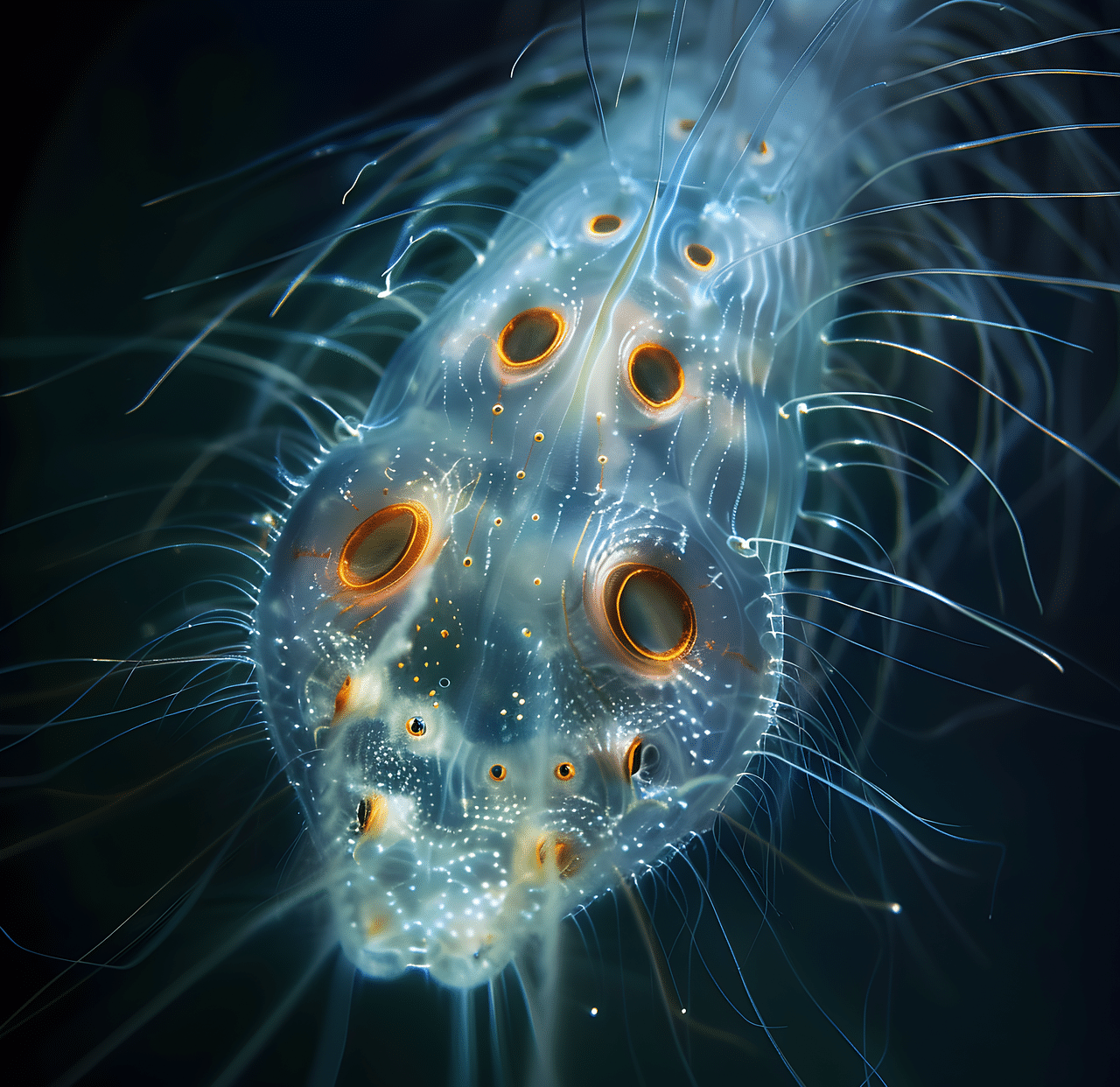
Zooplankton is the plankton formed mainly by animal species.
Zooplankton is the plankton formed mainly by animal species , which can be present in freshwater or the sea . Taking this definition into account, it is essential to know what plankton is to understand the notion.
Plankton is the group of very small organisms that move passively through the water , that is, floating. These organisms remain suspended in the aquatic environment, generally at a depth of up to two hundred meters.
Plankton can be divided into the aforementioned zooplankton (composed of those organisms that, as food, ingest organic matter that is already processed) and phytoplankton (also known as plant plankton, its organisms are autotrophic and carry out photosynthesis ).
Zooplankton feeding
From this point two very important concepts arise when defining the different types of plankton:
- Autotrophic organisms : these are those whose nutrition is based on the ability to synthesize all the substances that are essential for metabolism from inorganic substances. In other words, they do not require living beings to feed themselves ;
- Heterotrophic organisms : unlike autotrophs, these do need other living beings to feed, since they carry out a transformation of their organic matter to obtain the energy and nutrients essential for their development .
Therefore, we can say that zooplankton is the part of the plankton that is characterized by being heterotrophic, and not autotrophic . In zooplankton we find carnivorous, herbivorous and omnivorous organisms. Furthermore, some are maintained in symbiosis with algae, while others are parasites.

Zooplankton are made up of heterotrophic organisms.
Various classifications
Regarding the type of reproduction, in zooplankton there are examples of sexuality with alternation of generations and asexual reproduction by bipartition. The size of the individuals gives rise to a classification according to which we have on the one hand protozooplankton , where a portion of the microplankton is found, and on the other hand metazooplankton , which are included in megaplankton , macroplankton and mesoplankton .
Within protozooplankton , organisms are classified according to their locomotion system:
- Zoomastigines have flagella that they use to move, and that is why they are also called zooflagellates .
- The sarcodine group has a locomotion system that is based on pseudopods, extensions of the cytoplasm that can also serve to capture food.
- Ciliophores move with the help of cilia, elongated hair-like appendages.
In the case of metazooplankton , the classification is based on the time they spend in the plankton:
- Holoplankton remain in the plankton throughout their lives . In this group we find chitinous zooplankton (arthropods, chaetognaths and annelids) and also gelatinous (ceordates, mollusks, ctenophores and cnidarians).
- Meroplankton only remain in plankton for part of their development.
Zooplankton species
Among the species that form zooplankton, there are various protozoa ; small crustaceans; fish in their juvenile stage; and larvae of mollusks, sponges and other types of animals. Zooplankton usually travel between one hundred and four hundred meters per day, moving from top to bottom in the water. The usual thing is that, at night, it approaches the surface to obtain food. When the sun shines, however, it submerges to avoid the sun's rays.
Zooplankton members eat phytoplankton , bacteria, and even other members of zooplankton. The food chain , in turn, indicates that zooplankton is eaten by fish, crustaceans and echinoderms . Humans, for their part, also consume zooplankton, although they also use it for other commercial purposes.
It is important to mention that certain organisms combine photosynthesis with the consumption of organic matter: in this way, they can be incorporated into phytoplankton and zooplankton. There is also meroplankton : beings that are part of the plankton in a vital stage and then join other types of communities .
